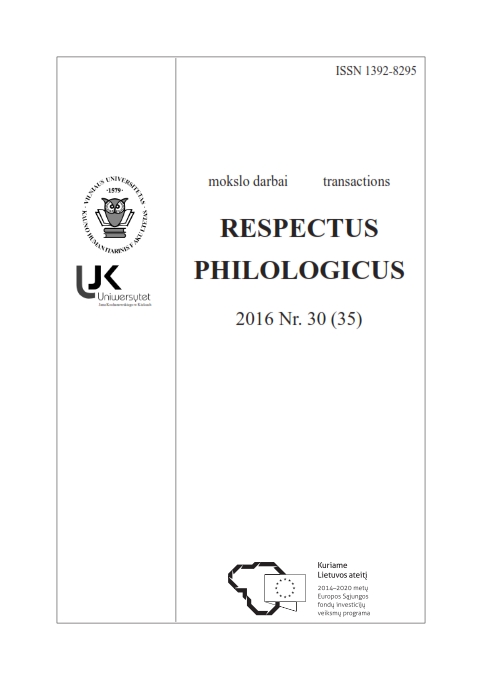ON THE TRANSITIVE OBJECT CONTROL INTO –ING COMPLEMENTATION PATTERN IN CONTEMPORARY SPOKEN AMERICAN ENGLISH: A CORPUS-DRIVEN STUDY
ON THE TRANSITIVE OBJECT CONTROL INTO –ING COMPLEMENTATION PATTERN IN CONTEMPORARY SPOKEN AMERICAN ENGLISH: A CORPUS-DRIVEN STUDY
Author(s): Oskar GawlikSubject(s): Applied Linguistics, Syntax, Semantics, Language acquisition
Published by: Vilniaus Universiteto Leidykla
Keywords: the into -ing pattern; matrix verbs; complementation; spoken English;
Summary/Abstract: The aim of this paper is threefold: firstly, to establish whether the transitive into –ing complementation pattern is productive; secondly, to establish the semantic taxonomy of the matrix verbs taking the into -ing complementation pattern; thirdly, to investigate the existence of a correlation between the semantics and the predicate-argument structure of the matrix verbs selecting the transitive into -ing pattern in contemporary spoken American English in the COCA corpus. Goldbergian construction grammar constitutes a framework for this inquiry, whereby grammatical constructions do convey meaning, irrespective of the words used in them, with the transitive into -ing pattern instantiating a type of a caused motion construction (Goldberg 1995). The results of the patternbased, synchronic corpus inquiry are believed to constitute a contribution to the area of shifting verbal complementation, thus providing further evidence to the validity of Gunter’s notion of Great Complement Shift (Rohdenburg 2006). This paper is structured in accordance with traditional IMRD model.
Journal: Respectus Philologicus
- Issue Year: 2016
- Issue No: 30(35)
- Page Range: 93-101
- Page Count: 9
- Language: English

